'Big results before you know it' – experts urge you to use the ‘Take Away 10’ method for simple decluttering with zero decision fatigue
It can cut hundreds of items from your home in just a few weeks
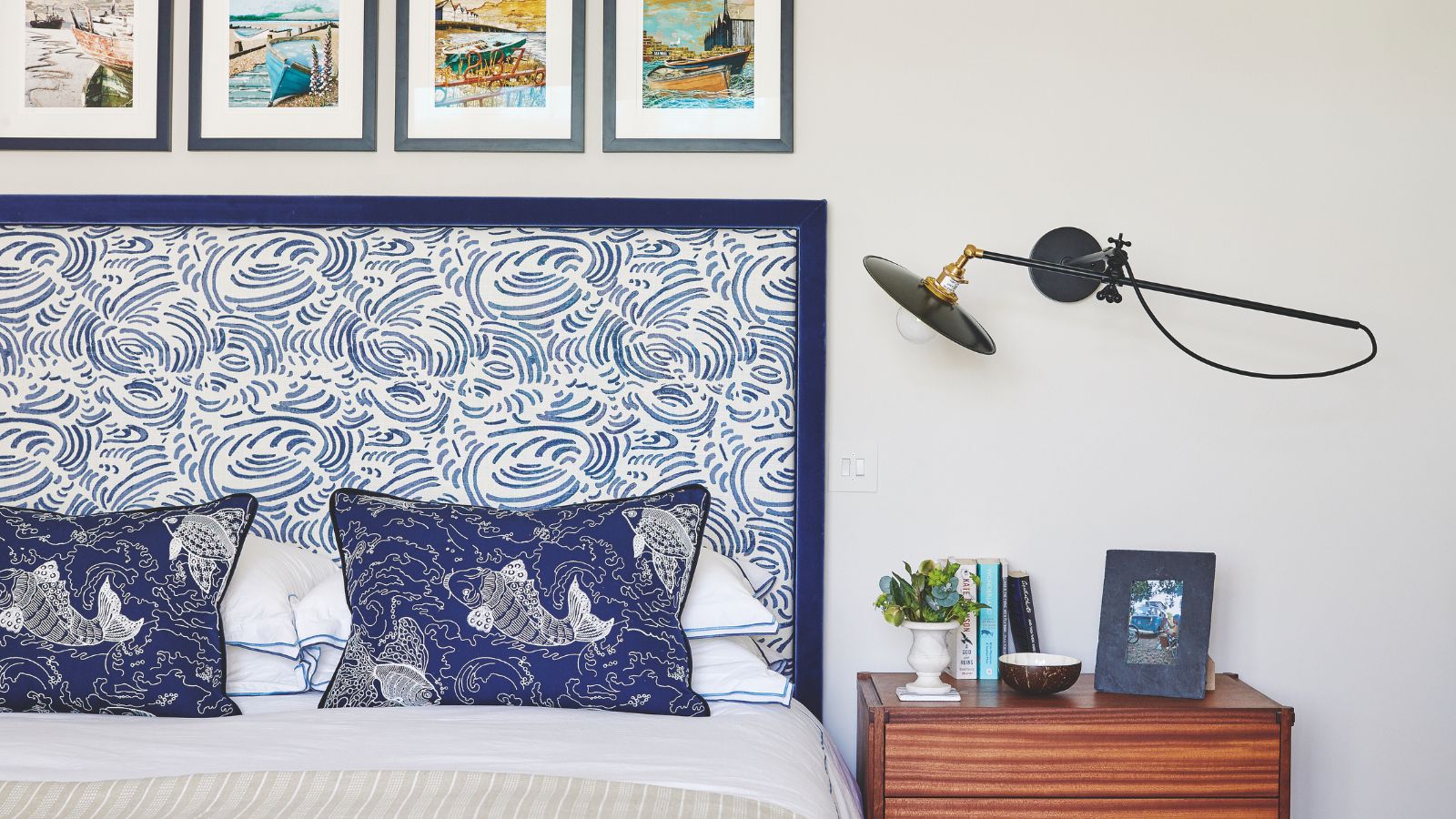
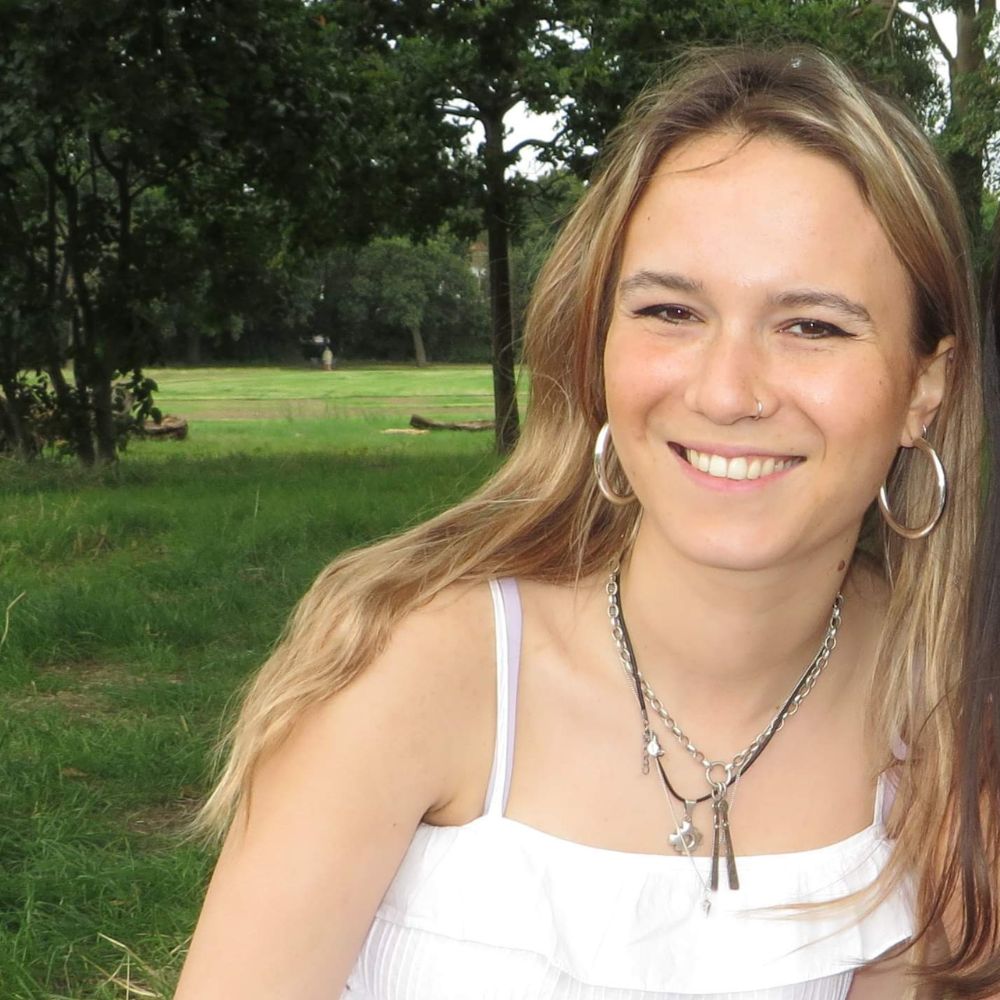
Have you ever looked at your decluttering checklist and felt completely overwhelmed? Or struggled to make consistent decisions that truly make a difference to your space? If that's the case, the 'Take Away 10' method might just be the perfect cure.
Shortcut your way to an organized home overhaul by focusing on one room, area, or even drawer, and take away 10 items to put back where they belong, or to donate – it's as simple as that.
Here, professional organizers share their thoughts on this straightforward decluttering method, with their top tips for streamlining success.
What is the 'Take Away 10' method?
As Tracy McCubbin, CEO and founder of dClutterfly, explains, ''The 'Take Away 10' method is exactly what it sounds like. This method involves you finding 10 things in a space – whether that's your bedroom, primary closet, or even just your junk drawer – and getting rid of them!
'Instead of diving head first into a decluttering project with no plan, choose 10 specific things to get rid of.'
For that reason, this is a great technique to combine with the 'Didn't Know' decluttering trend, which involves quickly and easily decluttering items you didn't even know you had. And, as Ben Soreff, professional organizer at House to Home Organizing, adds, 'You can then repeat the pattern again and again,' setting yourself up for a successful decluttering session.
How the 'Take Away 10' method helps decision fatigue
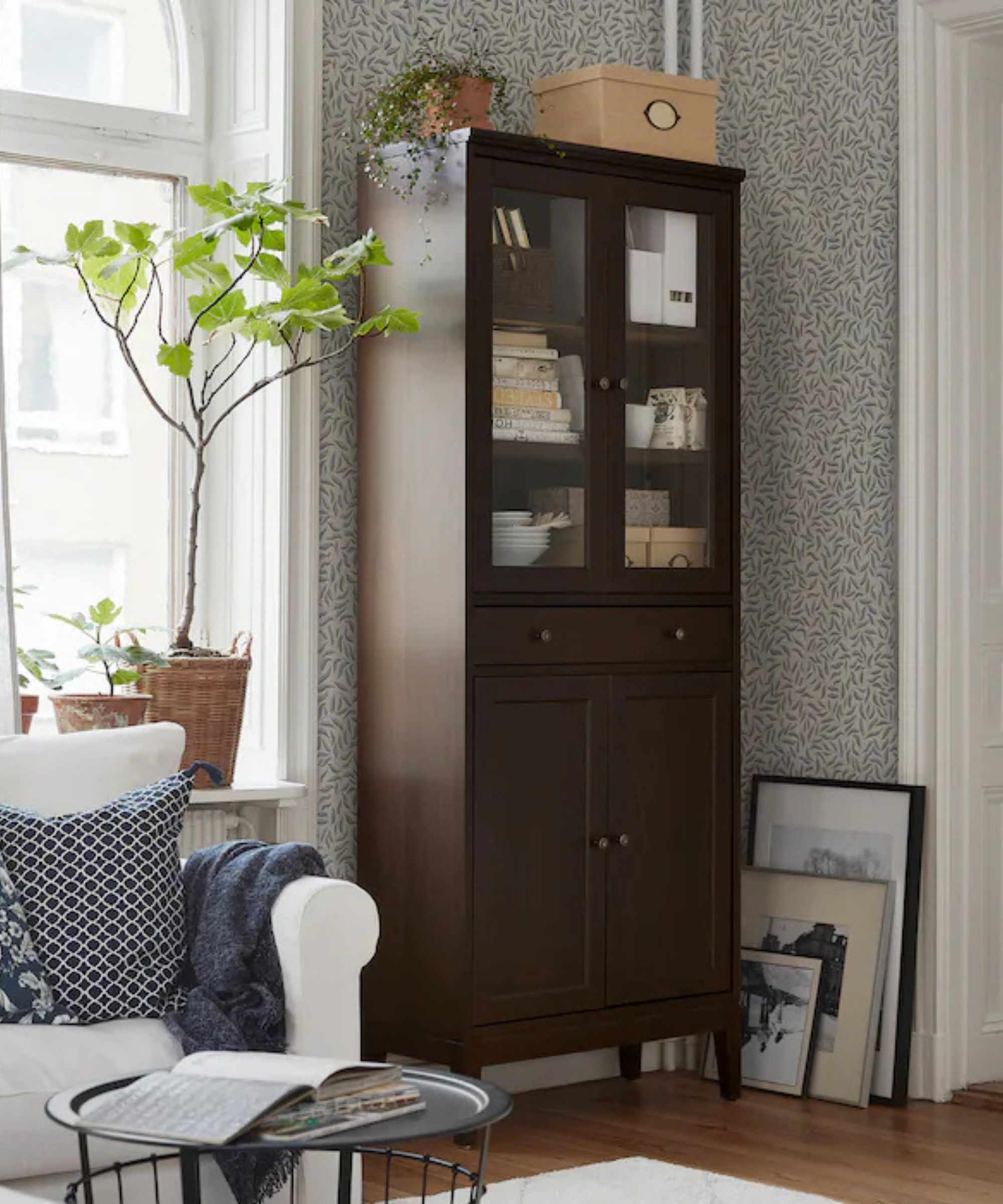
Choosing just 10 things to declutter at a time will lead to big results and rewards with little effort.
Knowing how to overcome decision fatigue when decluttering can be difficult, especially if you're trying to overcome a decluttering roadblock. Luckily, as Tracy highlights, the 'Take Away 10' method can be used to combat feelings of low mood, stress, and mental exhaustion.
She explains, 'When you see a closet that is stuffed to the brim or a garage that you can't park your car in, you might shut down immediately. Being faced with a very cluttered space can be overwhelming, and it can lead to decision fatigue if you try to tackle every item in the space at once.'
However, like the 'ODT' decluttering method, choosing just 10 things to declutter keeps you focused on a specific, smaller goal, and breaks the whole decluttering project into more manageable chunks.
Tracy continues, 'Doing a little bit at a time, taking away 10 things a day, will lead to big results before you know it. Just think about it, if you take away 10 things away for just three days a week for a month, you’ll have taken away 120 things by the end of the month.'
All prices were correct at the time of publication.
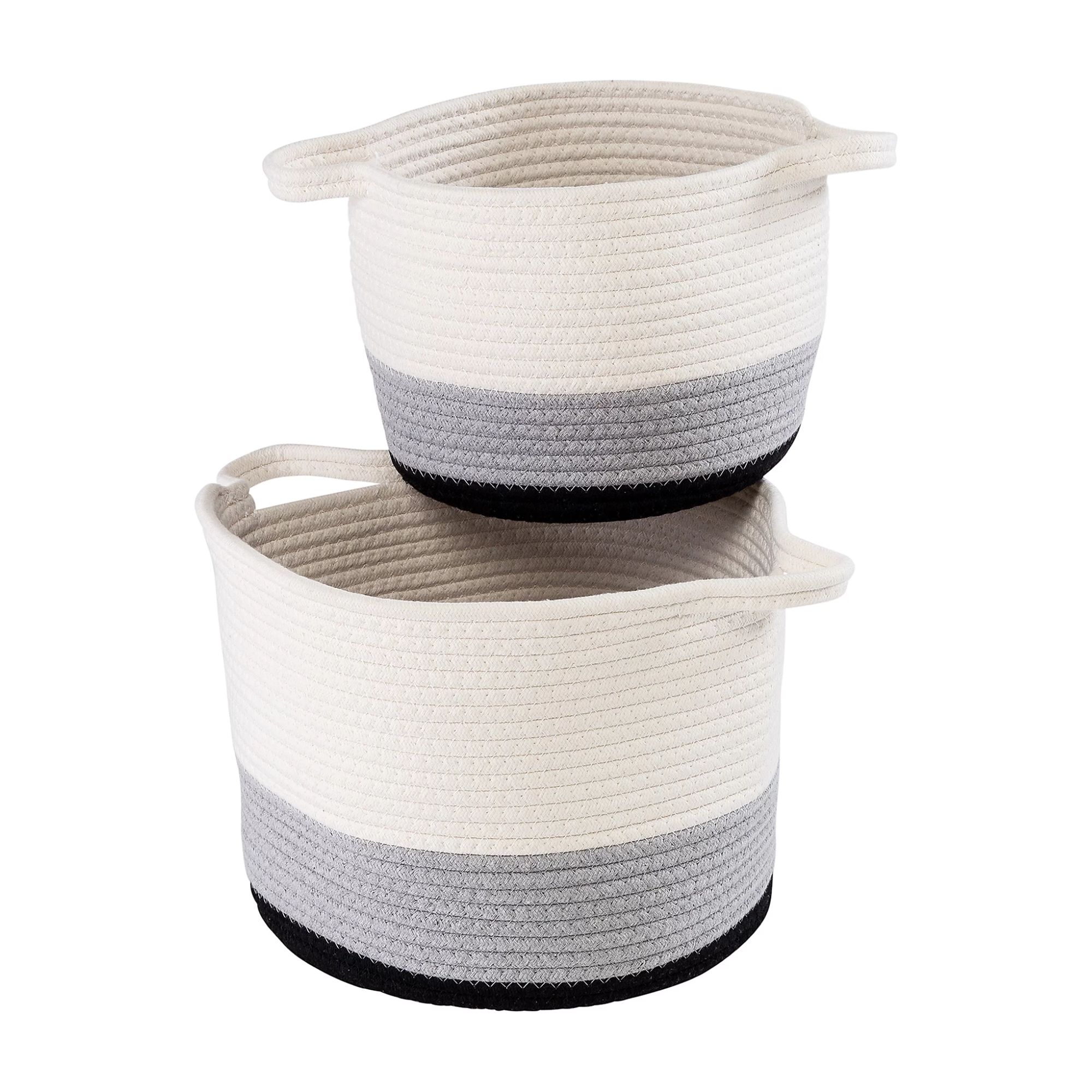
These nesting baskets can be used for collating your 10 items for decluttering, with integrated handles to easily carry them around the house or to your car to drop off at the donation center.
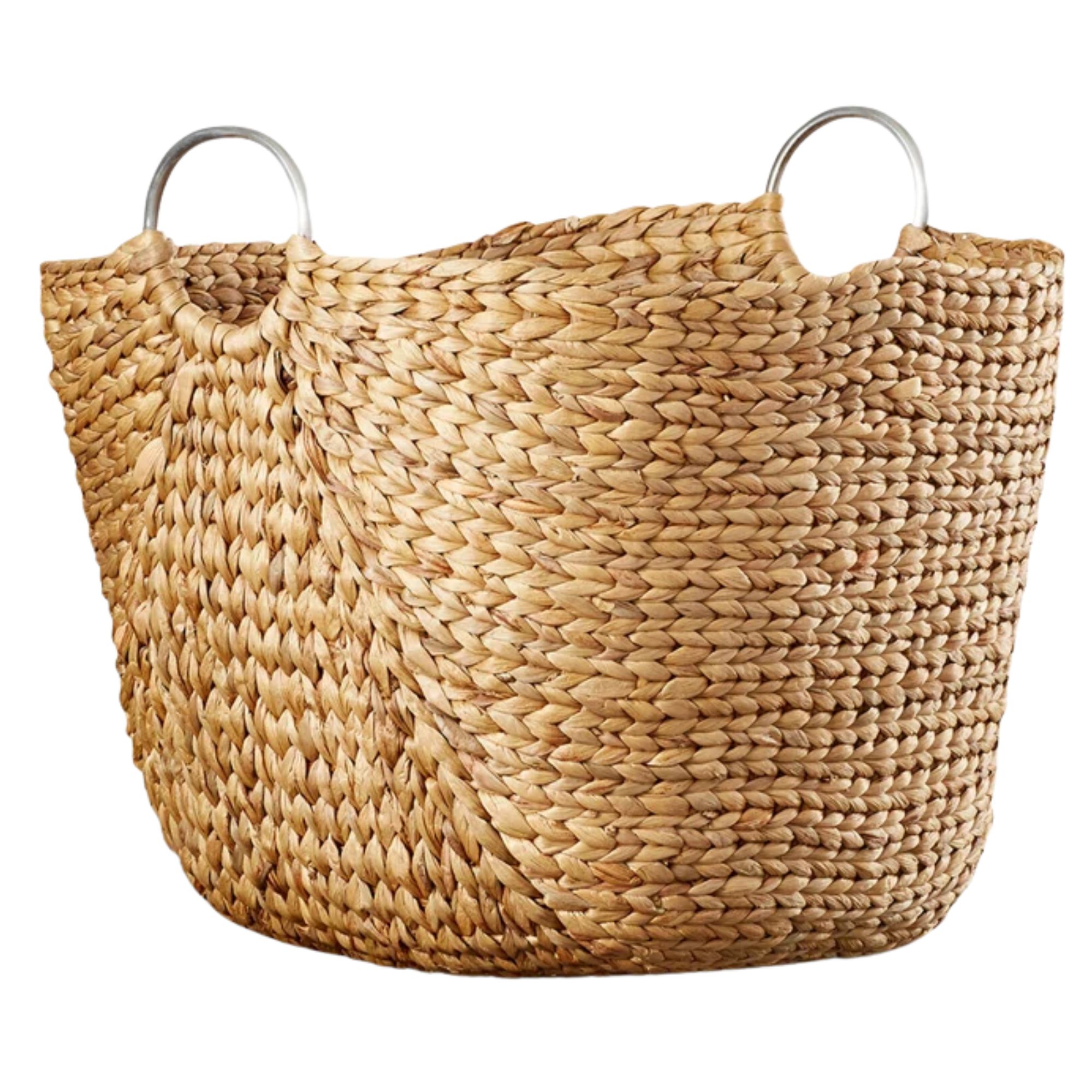
This stylish storage basket is made from natural dried plant fibers, with a hand-braided body pattern to add a touch of elegant, rustic charm to your space.
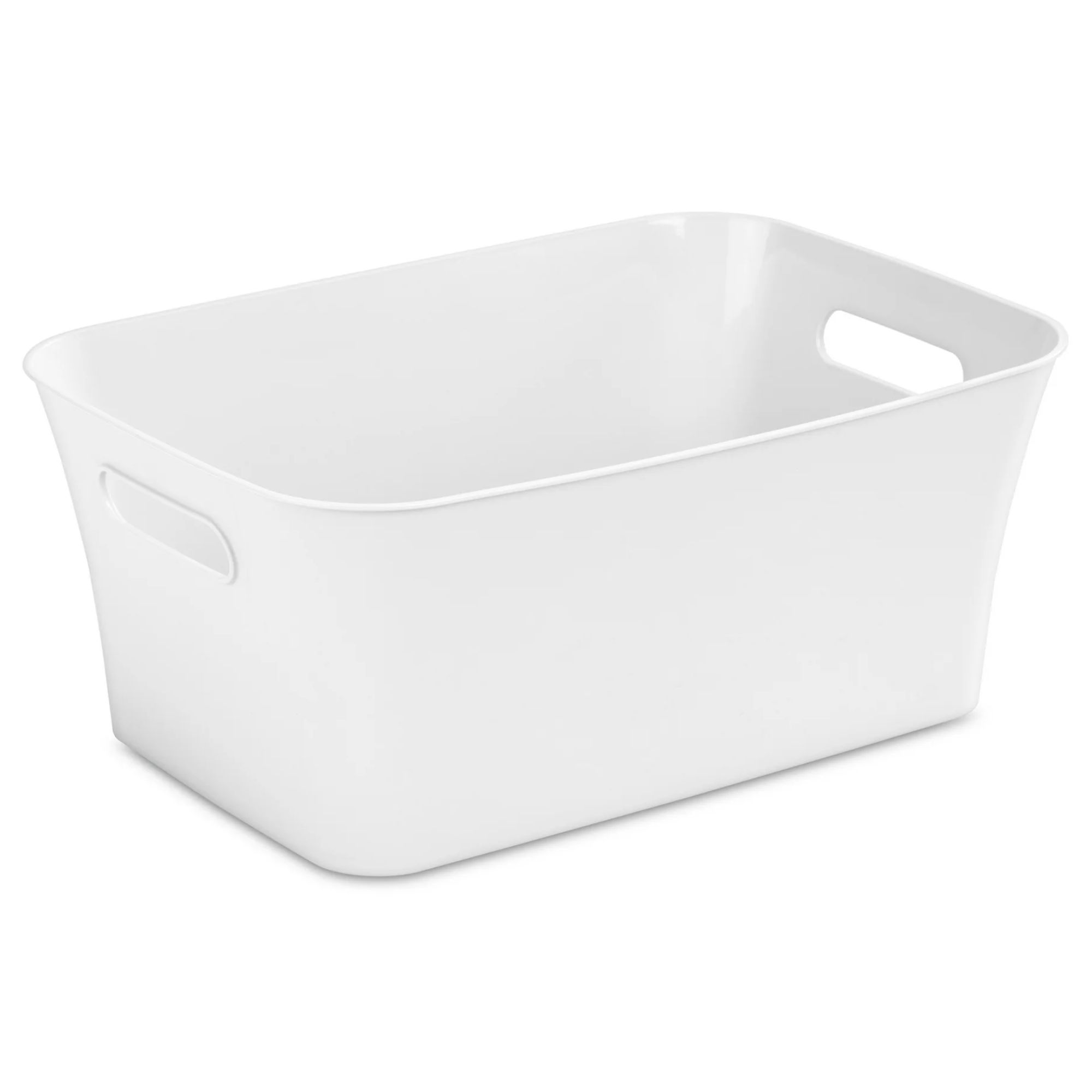
This storage bin is both BPA-free and phthalate-free, and can be used for both decluttering or convenient storage on shelves or in cabinets.
Where the 'Take Away 10' method works best
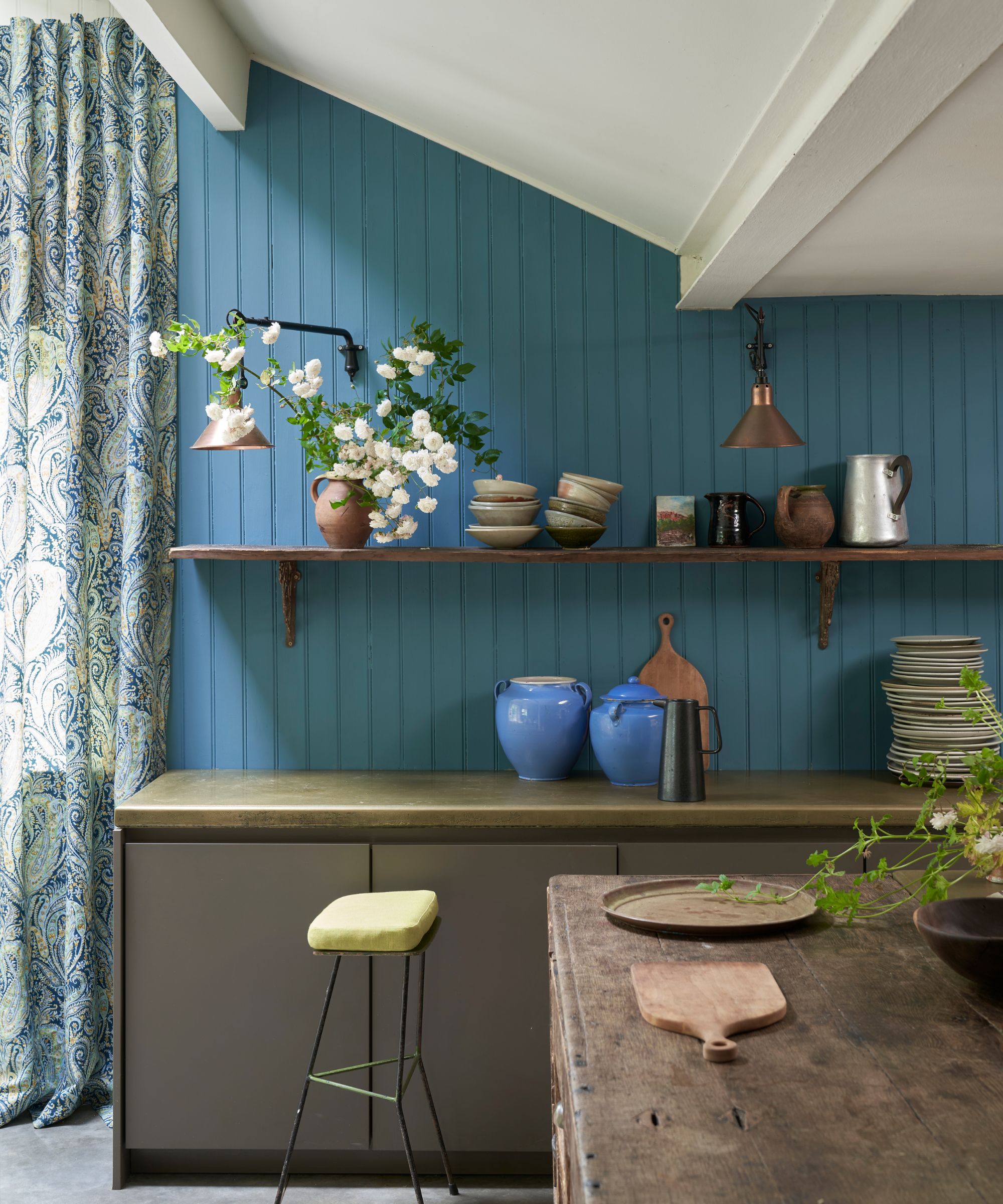
The 'Take Away 10' method is suitable for any space, particularly those that cause stress or overwhelm such as your bedroom or kitchen.
If you've been struggling to declutter your home when you feel overwhelmed, then this method is for you.
Tracy says, 'This method works great for spaces that feel totally daunting to you. You could use this method to conquer your dreaded junk drawer and have it finally close shut again. You could also use this method on the guest bedroom that’s become a dumping ground.
'Taking away 10 items at a time in any room can make a huge difference if you are consistent with it.'
Professional organizer Ben agrees with Tracy, adding that this method works well in places like the basement and attic, 'that tend to have a lot of 'make it go away', 'kick the can down the road' decisions.'
For some areas, Ben says this method is more about finding 10 items that actually belong elsewhere in the house and putting them away than it is about always decluttering items. He adds, 'Since we don't want decluttering regret or anxiety, getting rid of items should just be a part of the organizing process, not the end goal.'
Of course, how you use this method will depend on you, your decluttering project, and your space – the beauty lies in its flexibility.
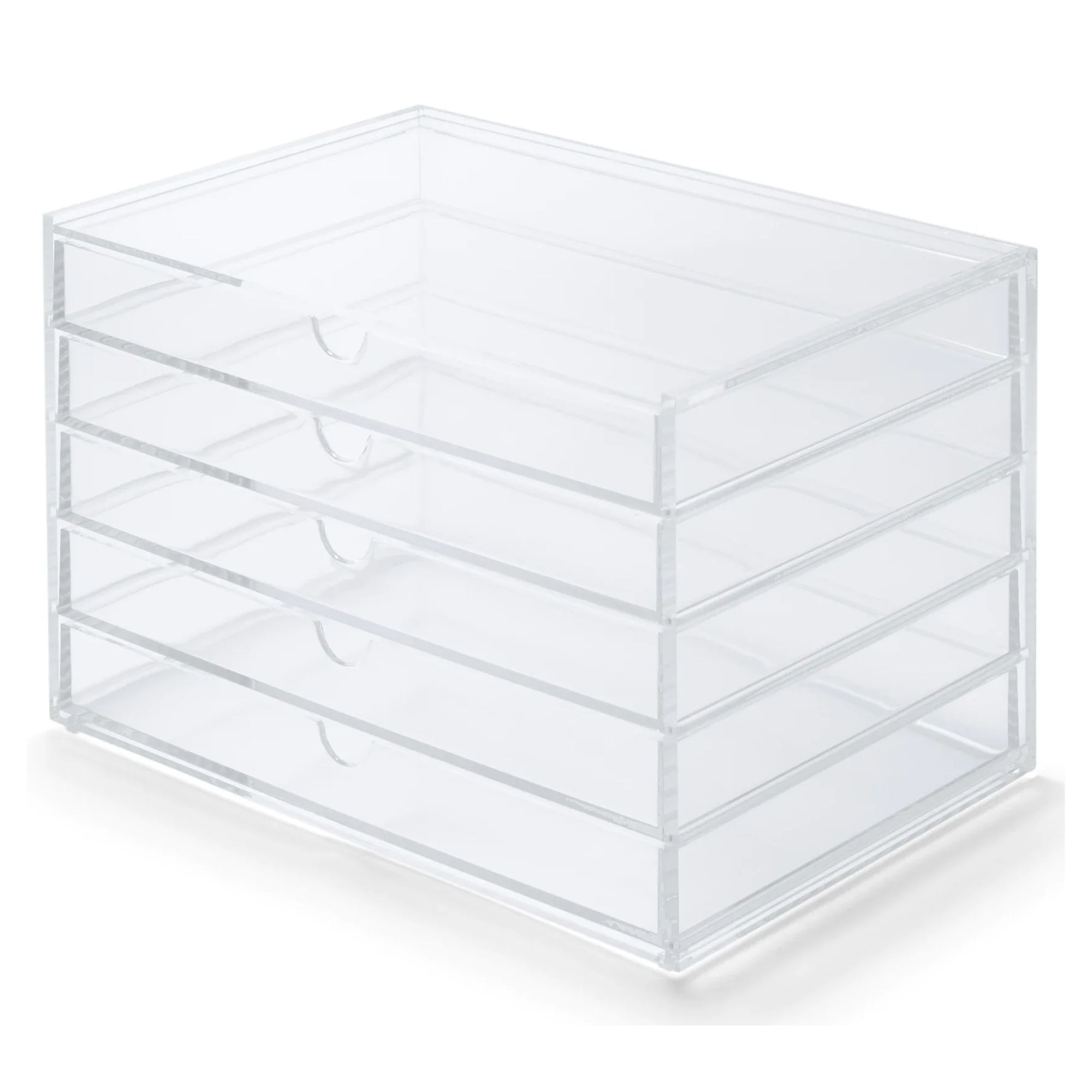
Pop items away into these clear acrylic drawers to keep them accessible and organized.
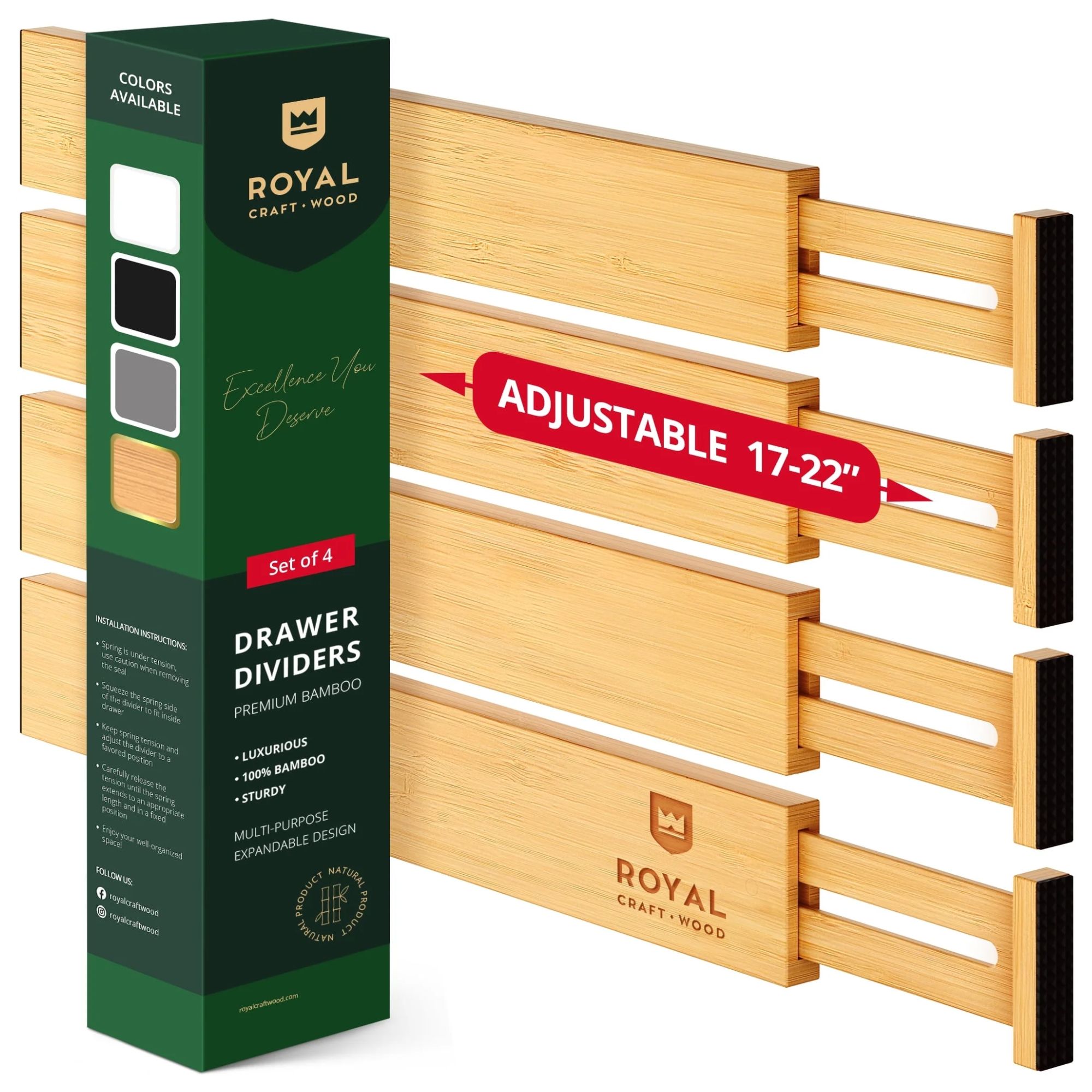
These expandable drawer organizers keep your drawers neat, clean and well-organized, and are made of 100% sustainable bamboo.
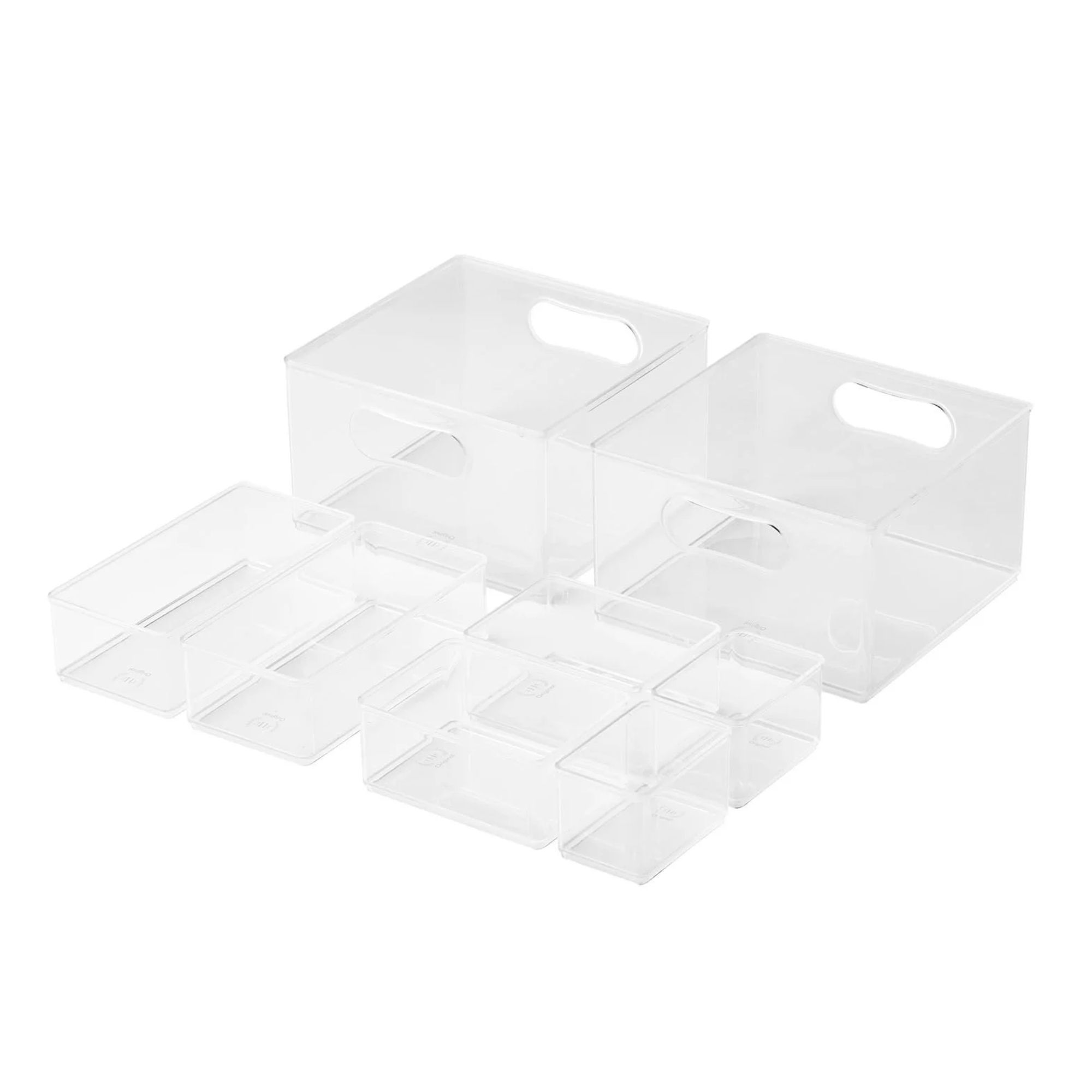
With a stackable, modular bin design, this storage organizing system includes two large bins, two large insert bins, two medium insert bins, and two small insert bins.
Meet the experts

Ben has significant experience with level five hoarders, often relying on quick and easy techniques like the 'Take Away 10' method to transform cluttered and chaotic spaces.
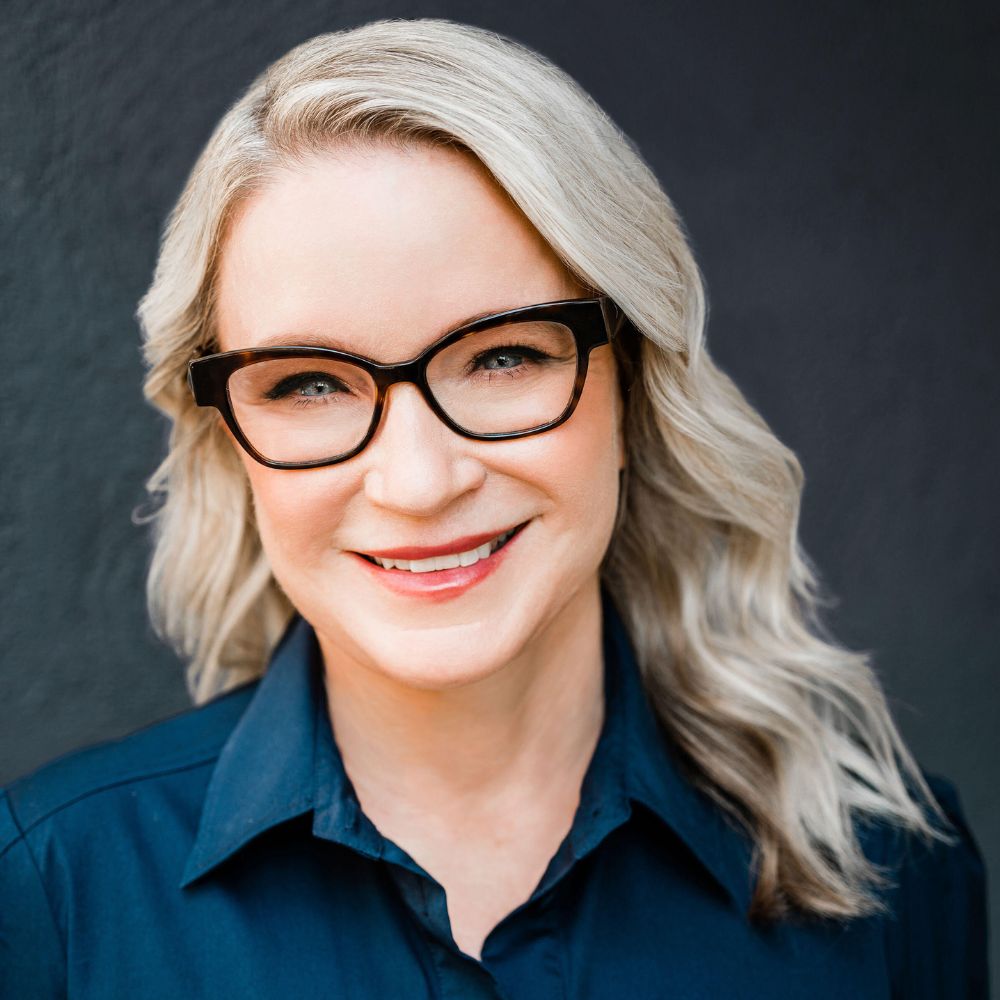
Tracy has been professionally decluttering and organizing since 2006, with over 20 years of experience helping clients successfully declutter their homes.
If you do choose to use the 'Take Away 10' method to declutter rather than tidy up, being aware of the home items decluttering pros say you'll regret throwing away can help to avoid remorse later down the line.
Sign up to the Homes & Gardens newsletter
Design expertise in your inbox – from inspiring decorating ideas and beautiful celebrity homes to practical gardening advice and shopping round-ups.

Ottilie joined Homes & Gardens last year, after finishing a Master's in Magazine Journalism at City, University of London. With previous contributions in Livingetc and Motorsport Magazine, she produces content for the Solved section on the website, focusing on clever tips and tricks to keep your home beautiful, organized and clean. She also has an undergraduate degree in English Literature and History of Art from the University of Edinburgh, where she developed a love for inspiring interiors and architecture.
You must confirm your public display name before commenting
Please logout and then login again, you will then be prompted to enter your display name.
-
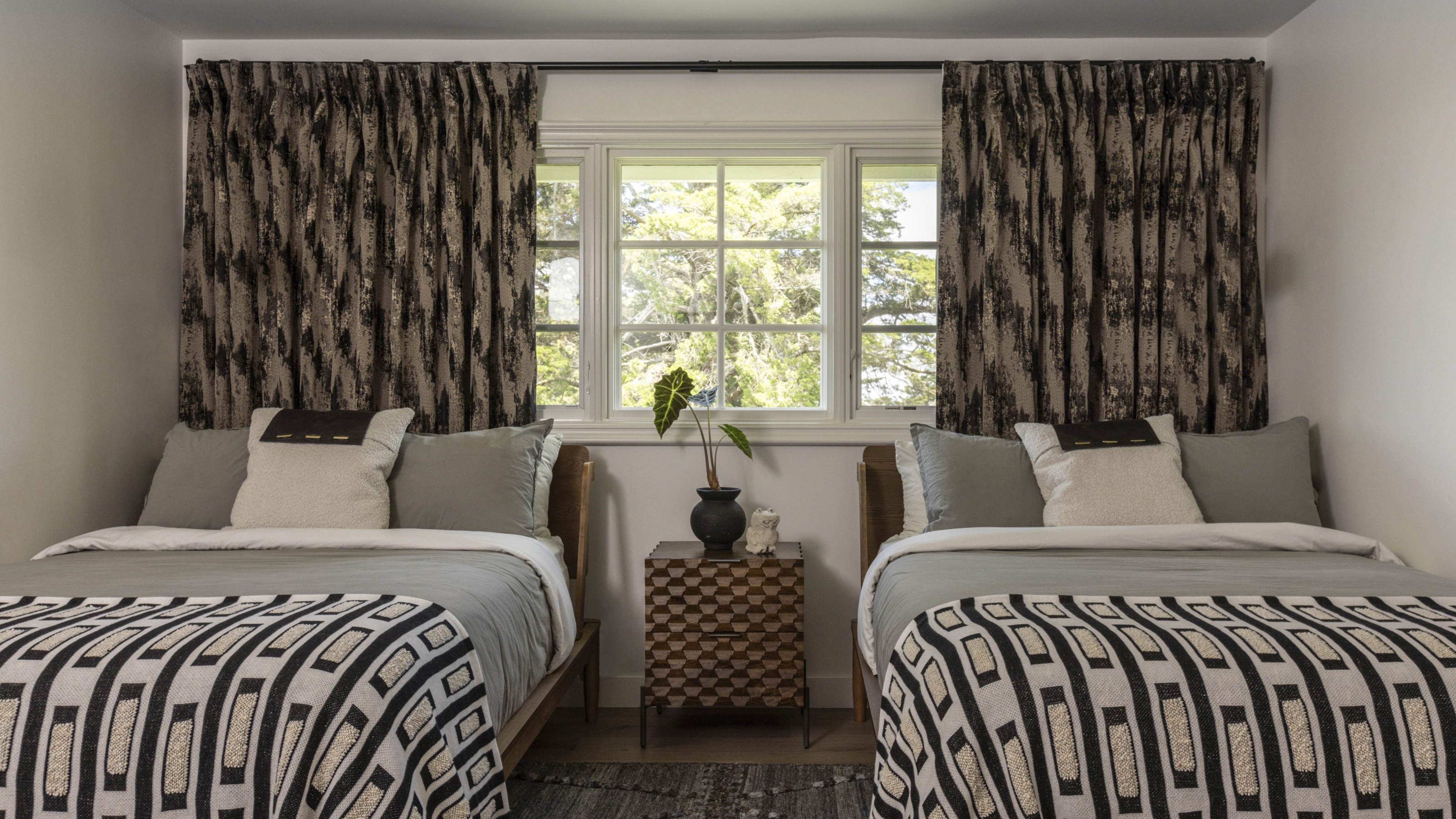 The biggest curtain trends to follow in 2025 – 8 key looks to shop that will instantly elevate your rooms
The biggest curtain trends to follow in 2025 – 8 key looks to shop that will instantly elevate your roomsThese are the colors, styles, and materials to embrace in your windows this year if you want desirable drapes, plus our favorite places to shop the trends
By Lilith Hudson
-
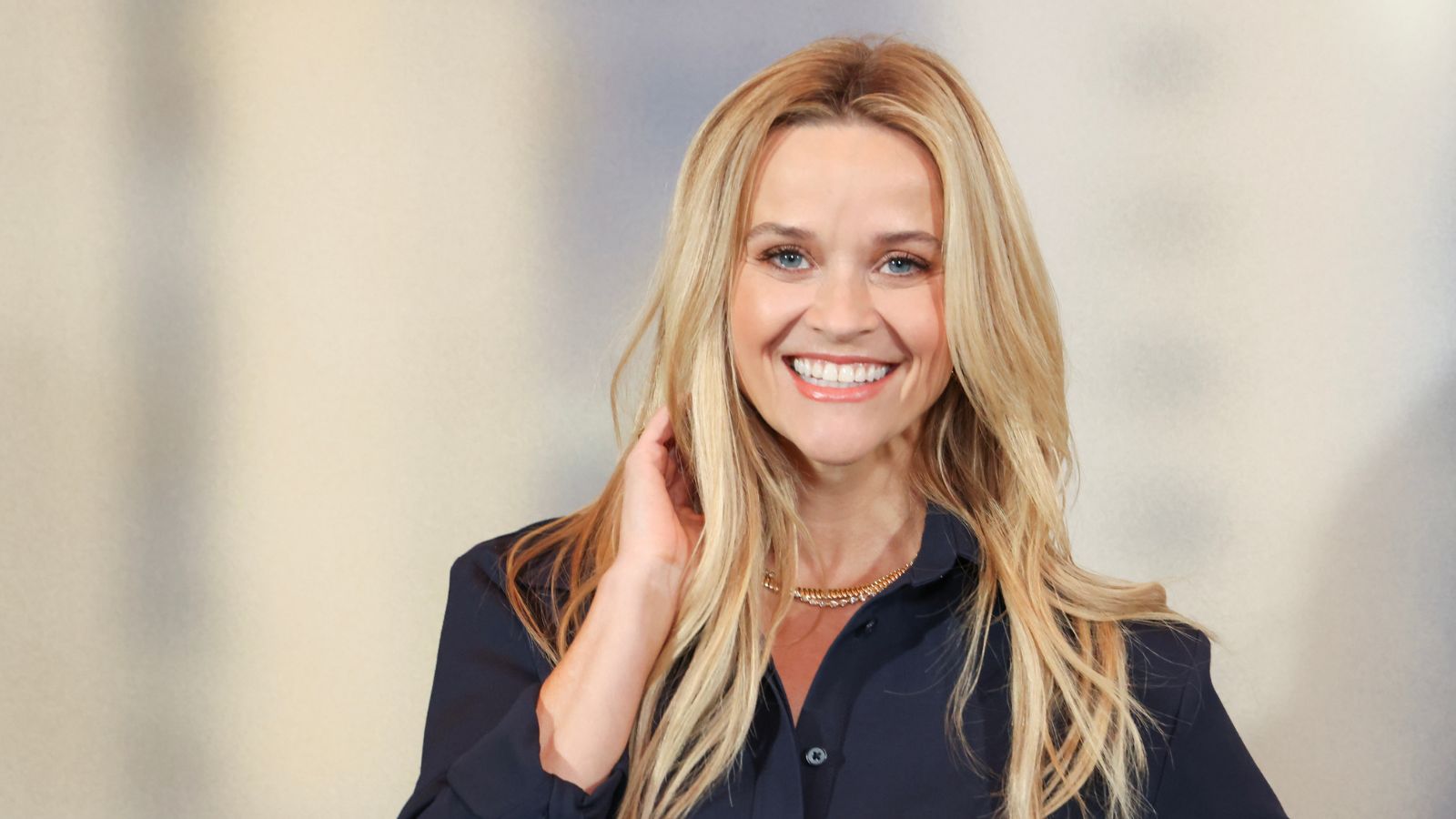 Reese Witherspoon upgraded a small corner into a cozy reading nook – designers say you can replicate her 'ultimate little escape' (from $18)
Reese Witherspoon upgraded a small corner into a cozy reading nook – designers say you can replicate her 'ultimate little escape' (from $18)'It’s all about comfort, calm, and just the right amount of cozy': You only need three things to follow Reese's example – and it's not only for book lovers
By Megan Slack
-
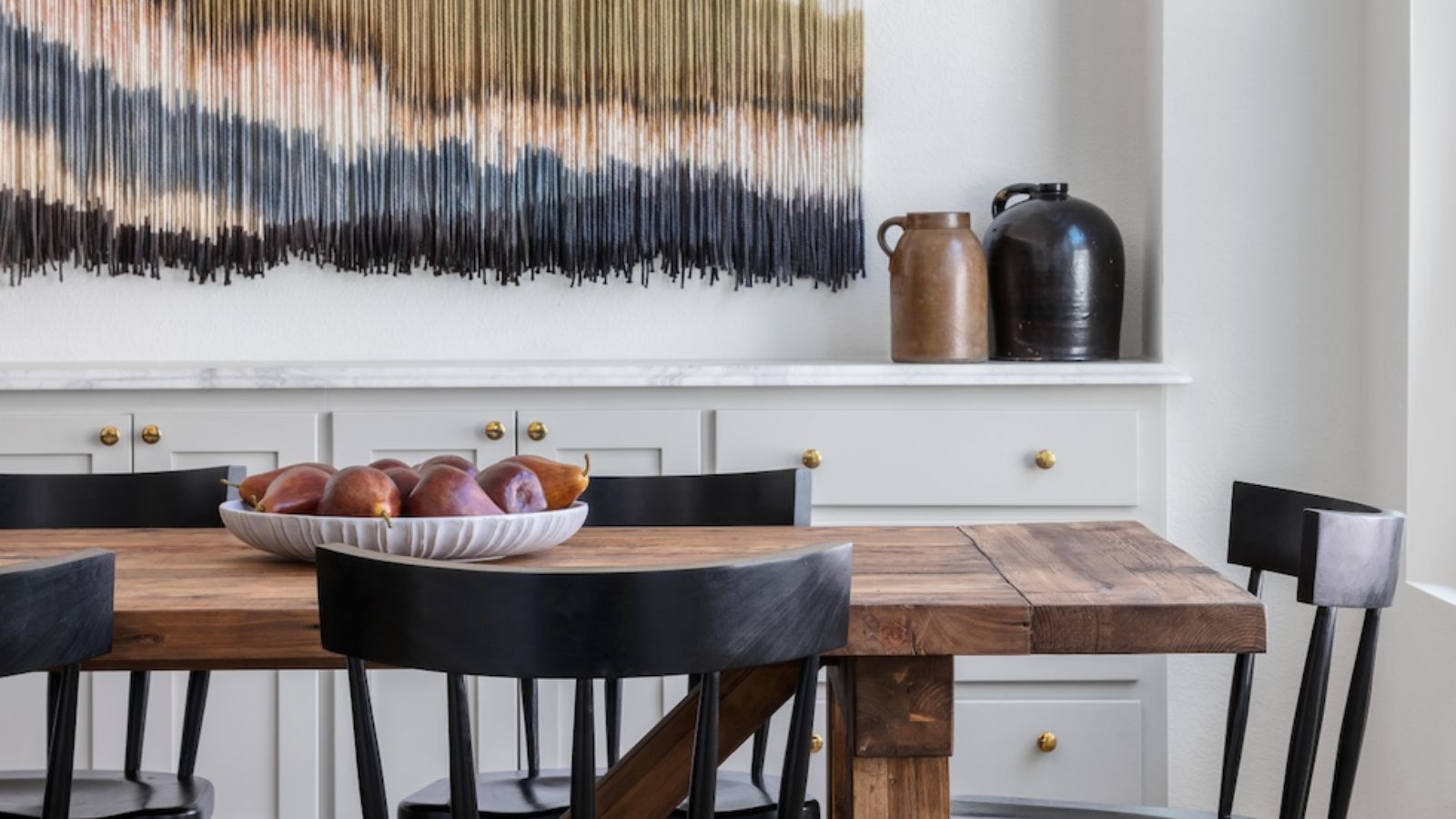 How the 'ODT' method can help you to tackle your overwhelming decluttering checklist – and streamline the process from start to finish
How the 'ODT' method can help you to tackle your overwhelming decluttering checklist – and streamline the process from start to finishAvoid 'analysis paralysis' and tick off tasks quickly and easily by making just one decision at a time
By Ottilie Blackhall
-
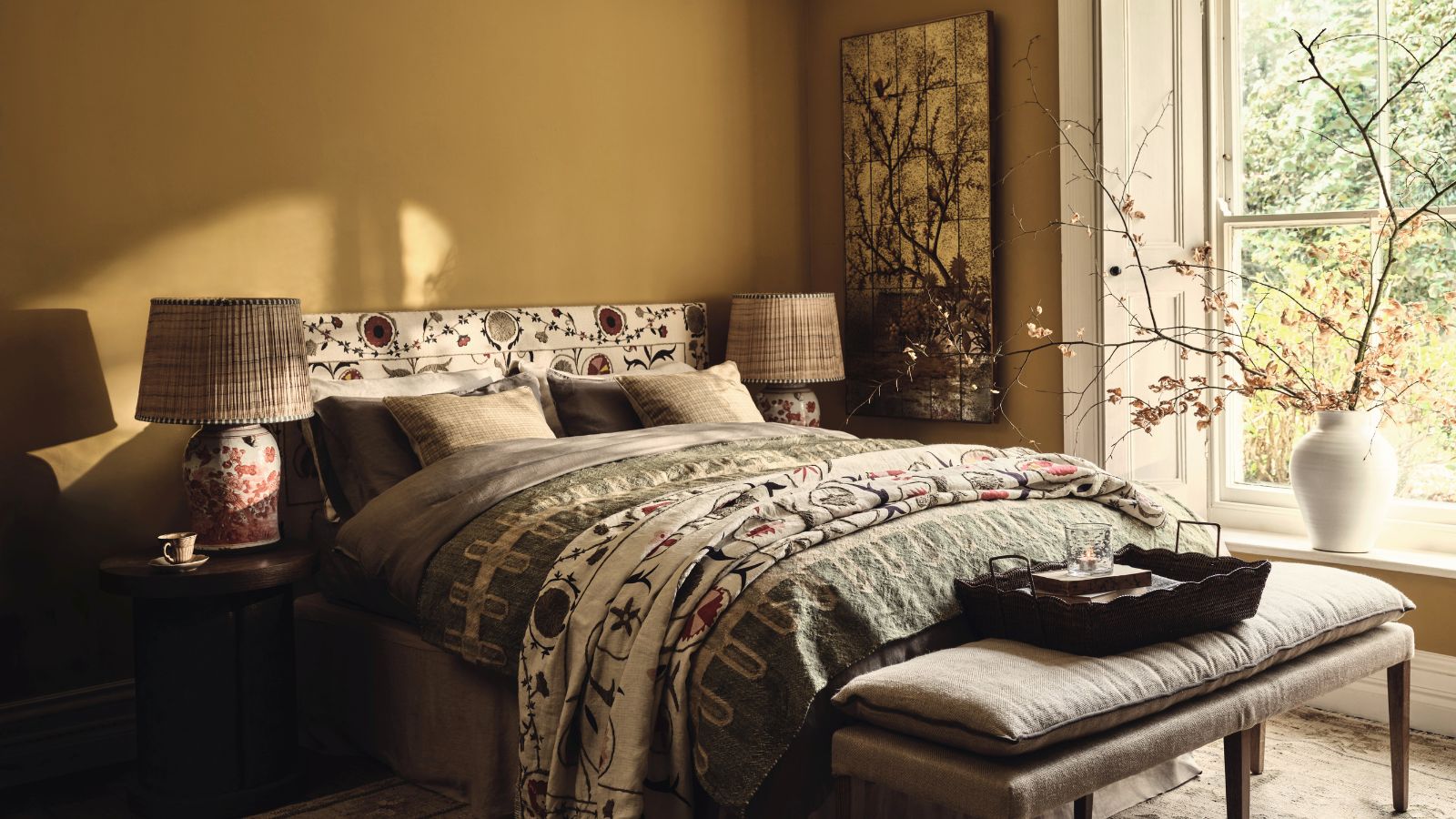 I gave the ‘try-for-five’ method a go in my small home – it's a brilliantly easy way to beat chore procrastination in seconds
I gave the ‘try-for-five’ method a go in my small home – it's a brilliantly easy way to beat chore procrastination in secondsThis method is great for those with executive dysfunction
By Chiana Dickson
-
 'It's a fast reset button' – using the 1, 2 ,3 ,4, 5 decluttering method cleared my persistent mess in seconds
'It's a fast reset button' – using the 1, 2 ,3 ,4, 5 decluttering method cleared my persistent mess in secondsIt's easy, effective and so quick to do
By Ottilie Blackhall
-
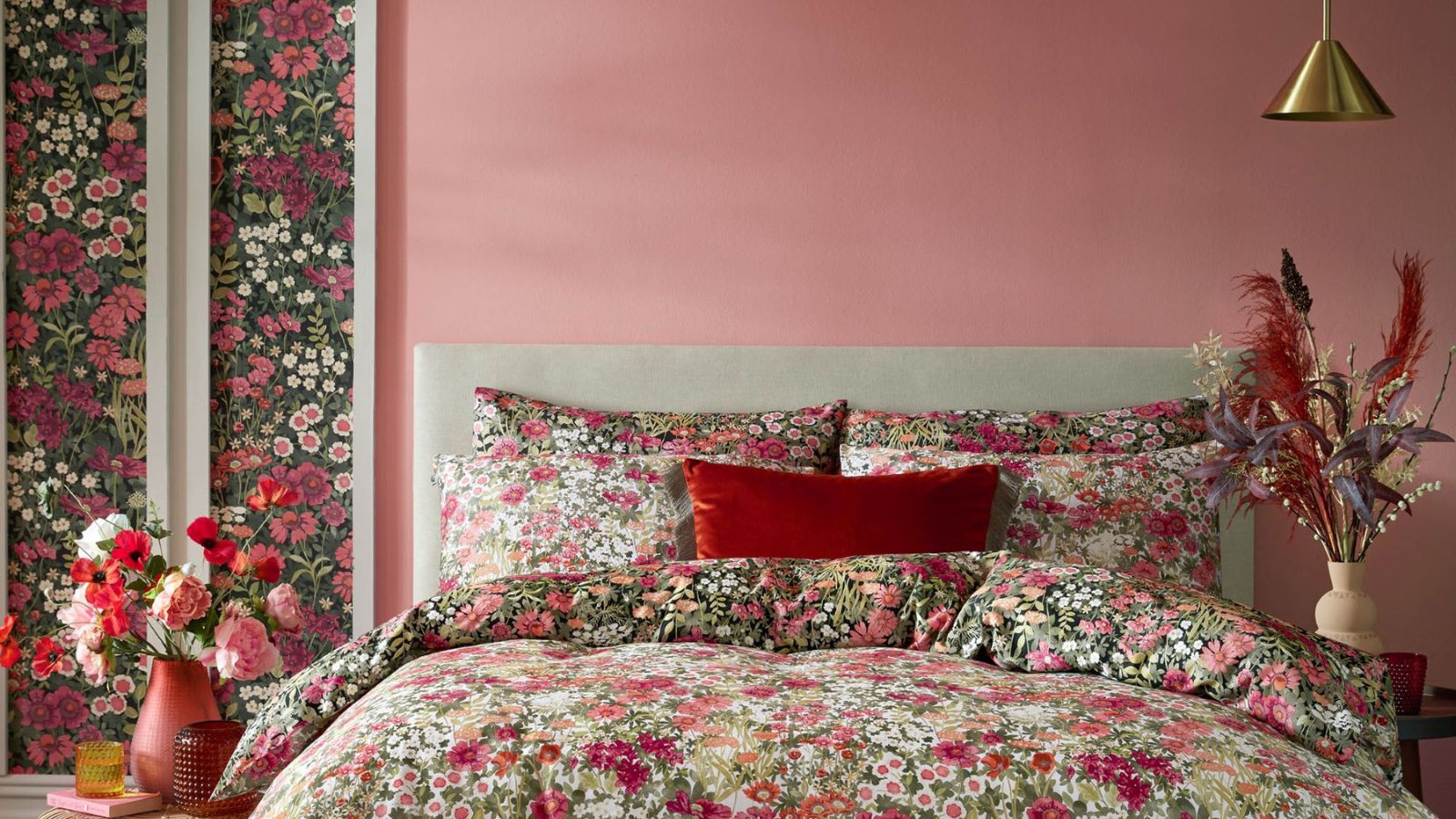 This simple closet swap doubled my cramped hanging space – professional organizers swear by it too
This simple closet swap doubled my cramped hanging space – professional organizers swear by it tooVelvet hangers have transformed my closet
By Eve Smallman
-
 I tried the 'GFD' basket tidying trick ahead of hosting – it was a last-minute clutter-busting savior
I tried the 'GFD' basket tidying trick ahead of hosting – it was a last-minute clutter-busting saviorThis quick clean-up fall-back saved my game night
By Chiana Dickson
-
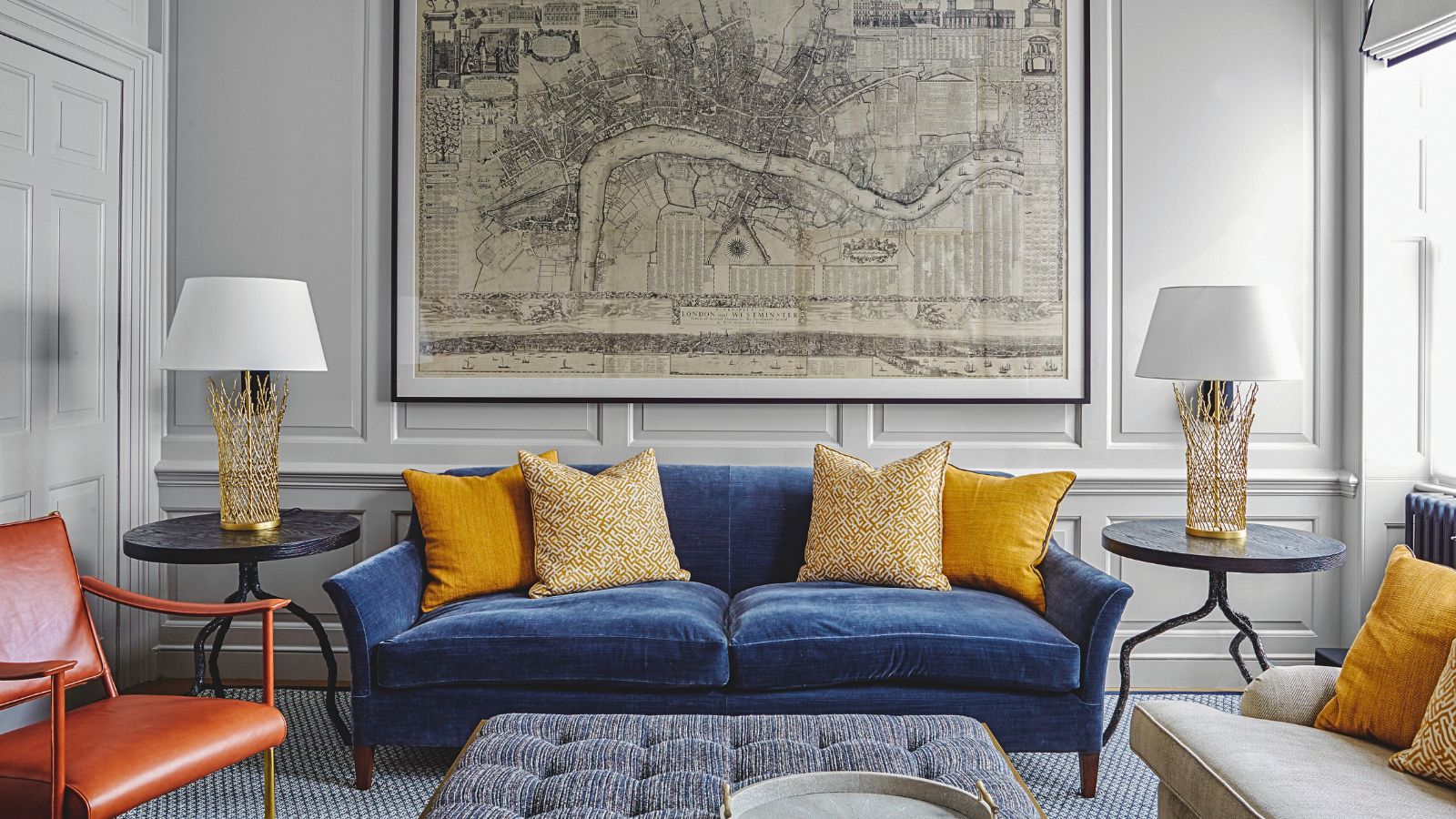 I tried the 'Reverse Decluttering' method – it made clearing clutter in my small home stress-free, speedy and guilt-free
I tried the 'Reverse Decluttering' method – it made clearing clutter in my small home stress-free, speedy and guilt-freeIt's a simpler way to cut clutter
By Chiana Dickson
-
 'They all feel chaotic’ – 6 things that make a room look really messy and what to do for an instant lift
'They all feel chaotic’ – 6 things that make a room look really messy and what to do for an instant liftEasily make your home less stressful by fixing these common faux pas
By Chiana Dickson
-
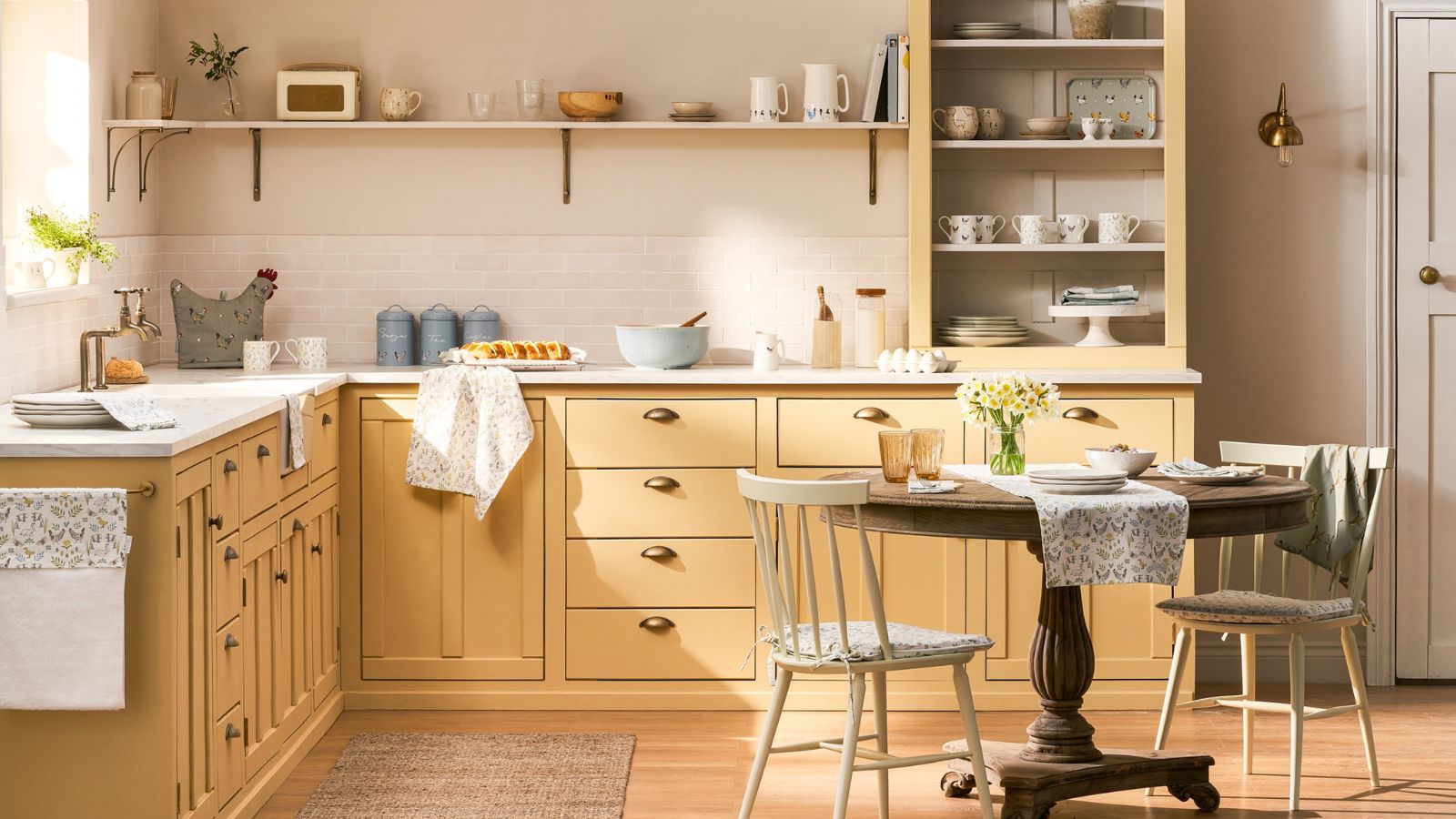 9 things you need to declutter in April 2025 – tossing these need-to-go items will maximize your space this spring
9 things you need to declutter in April 2025 – tossing these need-to-go items will maximize your space this springSay goodbye to winter clutter by clearing out lingering items
By Chiana Dickson